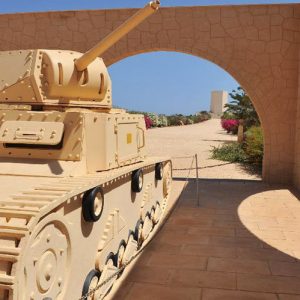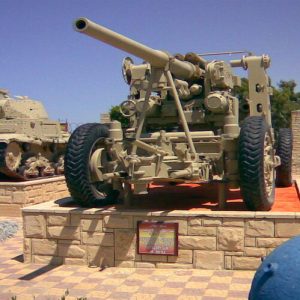An Overview of the New Egyptian Capital

Egypt is one of the most fascinating countries in the world, with a rich history dating back thousands of years. From the pyramids to the temples of Luxor, Egypt has always been a source of wonder and inspiration for people all over the world. Today, Egypt is once again making headlines with the creation of City, a new capital that promises to be a hub of innovation, culture, and sustainability. This article will provide an overview of the City, from its history and vision to its architecture and economic impact.

EL-Alamen City is named after the Battle World War II battle fought between Allied and Axis forces in 1942. The battle was a turning point in the North African campaign, with the Allied forces pushing back the Axis powers and eventually winning the war. The city is located on the outskirts of Cairo, in the desert area between the Nile Delta and the Western Desert. It was chosen as the site for the new capital due to its strategic location and its potential for development.

The vision for the City is to create a sustainable, innovative, and culturally rich capital that will serve as a model for other cities in the region. The city is being designed with a focus on sustainability, with plans to use renewable energy sources, reduce waste, and promote eco-friendly transportation. The goal is to create a city that is not only beautiful and functional but also sustainable and environmentally responsible.

The architecture of EL-Alamen City is a blend of traditional Egyptian design and modern technology. The city will be home to several iconic buildings, including a new parliament building, a presidential palace, and a central business district. The design of these buildings incorporates elements of traditional Egyptian architecture, such as domes, arches, and columns, while also incorporating modern materials and technologies.

The city is expected to have a significant economic impact on Egypt and the region as a whole. The city is being designed to attract foreign investment and serve as a hub for innovation and technology. It is also expected to create new jobs and boost economic growth in the region. The city’s central location, near major transportation hubs and ports, makes it an ideal location for businesses looking to expand in the region.

EL-Alamen City is being designed to celebrate the rich cultural heritage of Egypt. The city will be home to several museums and cultural centers, as well as public spaces that celebrate Egyptian art, music, and literature. The goal is to create a city that is not only beautiful and functional but also rich in culture and history.

EL-Alamen City is being designed with sustainability in mind. The city will use renewable energy sources, such as solar and wind power, and will promote eco-friendly transportation options, such as electric buses and bicycles. The city will also have green spaces, such as parks and gardens, to promote a healthy environment for residents and visitors.
EL-Alamen City is set to become a world-class destination that integrates technology, research, education, and industry with the natural environment. The city’s location and strategic planning are designed to promote economic growth and development while preserving the rich history and cultural heritage of Egypt. As a model for sustainable development, EL-Alamen City has the potential to inspire other nations to invest in innovative and eco-friendly urban planning. Overall, EL-Alamen City represents a significant step towards a better future for Egypt and the world.